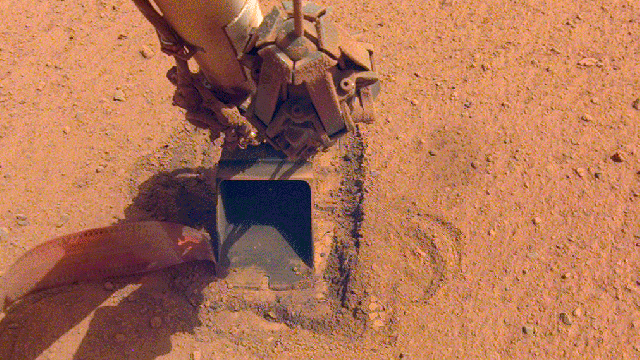Space fans all over the world breathed a sigh of relief on Friday when NASA’s Perseverance rover reached the surface of Mars safely. Humanity’s recent spate of bad luck aside, Mars is famous for ending missions before they even begin, with its inhospitable climate and the whole being-225-million-kilometres-away thing. Though Mars is certainly a challenge, it’s often our own mistakes that cause missions to crash, miss their targets, or otherwise fail in their intended goals.
Here, we’ve detailed five unfortunate (and some downright embarrassing) tales from humanity’s efforts to explore the Red Planet.
1973: Mars 4
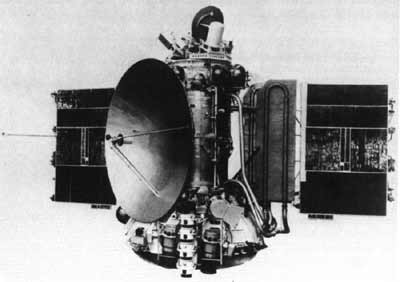
In the early 1970s, the USSR peppered Mars with a slew of modules and landers. Both natural and human-made troubles plagued these craft, and Mars 4 (of 7) was no exception. A computer chip in the orbiter degraded on the way to Mars, meaning the relevant rockets didn’t fire when they were supposed to as the vehicle approached the planet. Instead of slowing down to enter orbit, Mars 4 sped right on by. Oops.
1999: Mars Climate Orbiter
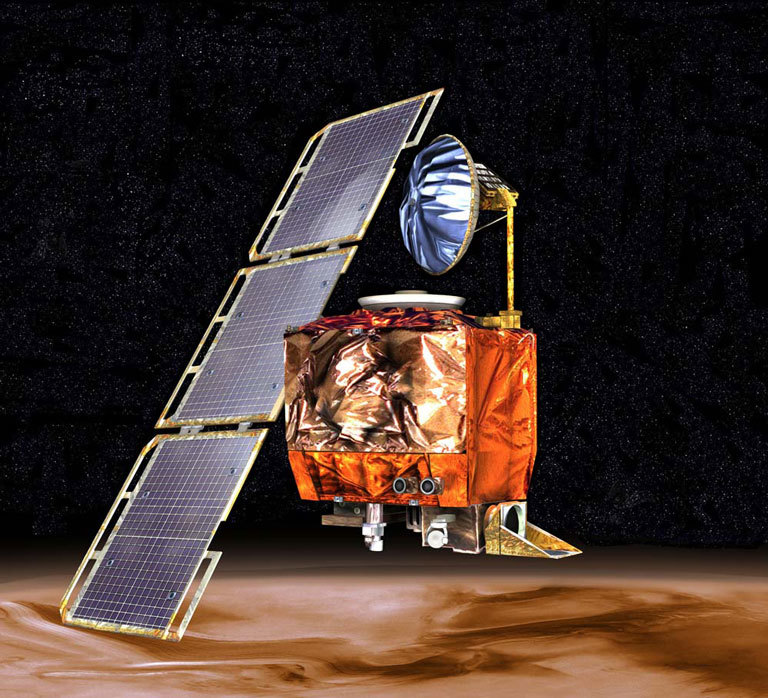
This one might be the most cringe-inducing entry on the list. Launched in 1998, NASA’s Mars Climate Orbiter was meant to study the planet’s atmosphere, collecting data on dust and water vapour and creating a record of Mars’ day-to-day weather in order to get a sense of climatic trends.
The orbiter reached Mars in September 1999 and was supposed to ping the team on Earth when it got around the planet’s far side. The NASA scientists heard nothing… and nothing… and nothing. The eventually determined that the orbiter got some garbled instructions — navigational commands were sent in English units, rather than the internationally standardised metric. This error meant the probe missed the sweet spot for orbiting and instead fell into Mars’ atmosphere, where it disintegrated.
1999: Mars Polar Lander
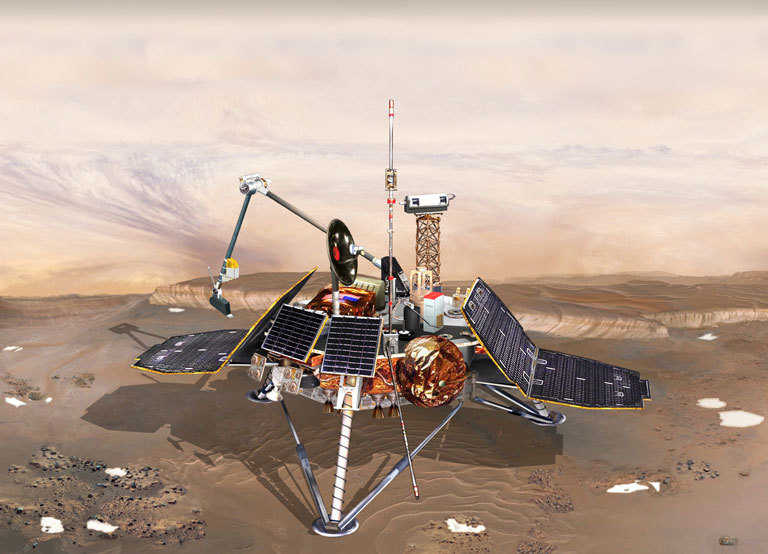
A partner craft to the Mars Climate Orbiter, the Mars Polar Lander was similarly ill-fated. Launched in early 1999 and reaching the Red Planet that December, the plan was for the lander to alight on the Martian south pole and look for water ice, which would give clues as to whether the planet could ever have hosted life.
After the lander entered the Martian atmosphere, communication ceased. NASA looked for signs of the lander for over a month but found nothing. Three months later, in March 2000, an independent investigation concluded that malfunctioning sensors made the doomed lander think it was already on the ground when it was actually still descending. This would’ve caused the lander’s engines to shut down early and the craft to meet the dirt with a fatal crunch.
2016: ExoMars Schiaparelli
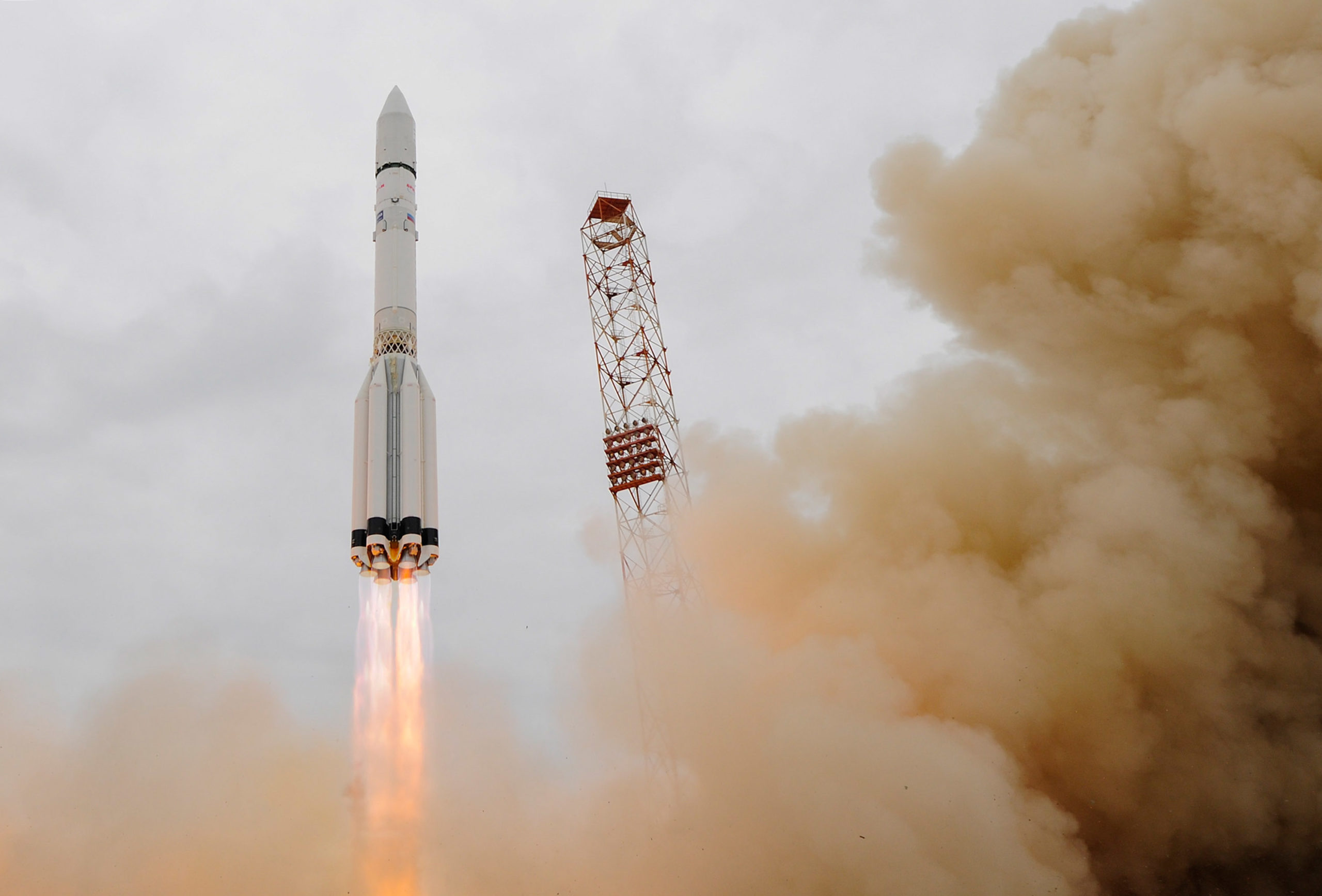
Named for the 19th-century astronomer Giovanni Schiaparelli, the European Space Agency’s entry, descent, and landing module is one of the more recent failures on this list. Expected to land on Mars in October 2016 — the main point of its voyage was to show how such craft could do controlled landings on Mars — Schiaparelli also carried a few instruments for scientific research.
They were never put to use. Schiaparelli crashed near its target site. The craft’s situation was similar to the Mars Polar Orbiter, with Schiaparelli’s on-board computer miscalculating that the craft was below ground level when it was actually still descending. The parachute released, and the module free-fell the remaining 3 km to Mars. A debris field was imaged by NASA’s Mars Reconnaissance Orbiter over the following weeks, revealing a black scar on the red dirt from the vehicle’s 531 km-per-hour crash landing.
2020: InSight Mole

The most recent disappointment on the Red Planet is the saga of the mole, aka the heat probe of NASA’s InSight lander. NASA officially gave up on this part of the ongoing mission a month ago, after more than a year of trying to get it to work. The robotic digger was supposed to burrow deep underground and gather data on Mars’ interior goings-on. But trouble began in early 2019, when the probe couldn’t seem to get more than an inch under the soil. Engineers on Earth tried a few strategies to get it moving, including pinning it down with the lander’s robotic arm. Alas, the soil just wouldn’t cooperate. Where the team expected to find loose regolith, they instead ran up against “duricrust,” a thick, cement-like material. “We’ve given it everything we’ve got, but Mars and our heroic mole remain incompatible,” said the project’s principal investigator, Tilman Spohn, in January 2021. “Fortunately, we’ve learned a lot that will benefit future missions that attempt to dig into the subsurface.”
All these painful memories make the successes even sweeter, and we’re looking forward to all the new science to come from the Perseverance rover.
